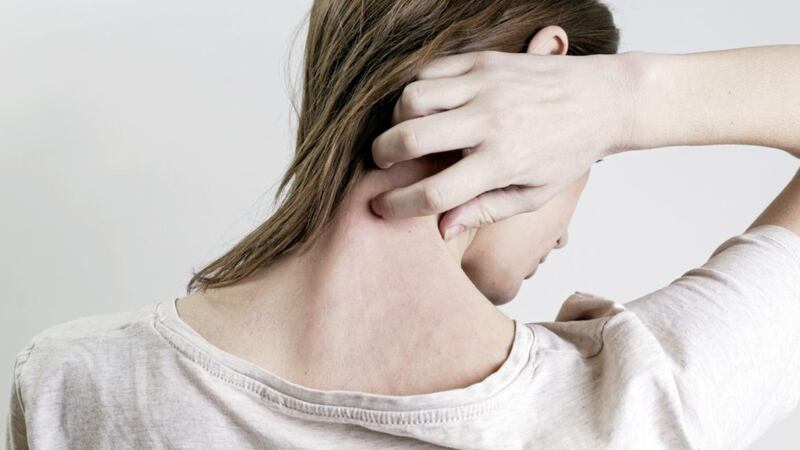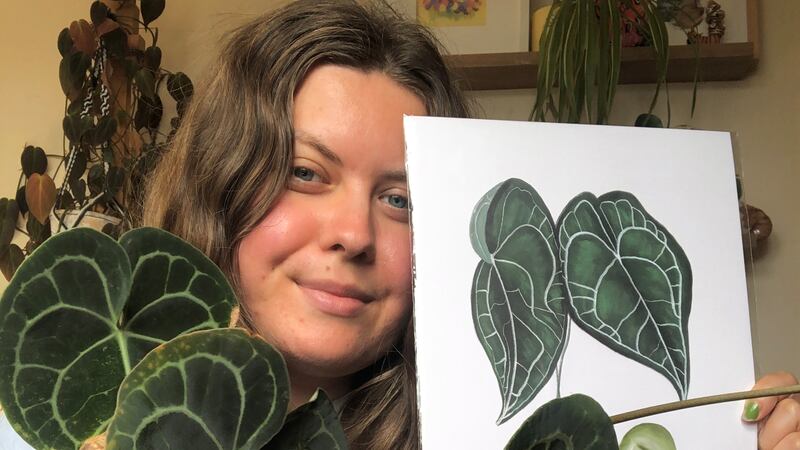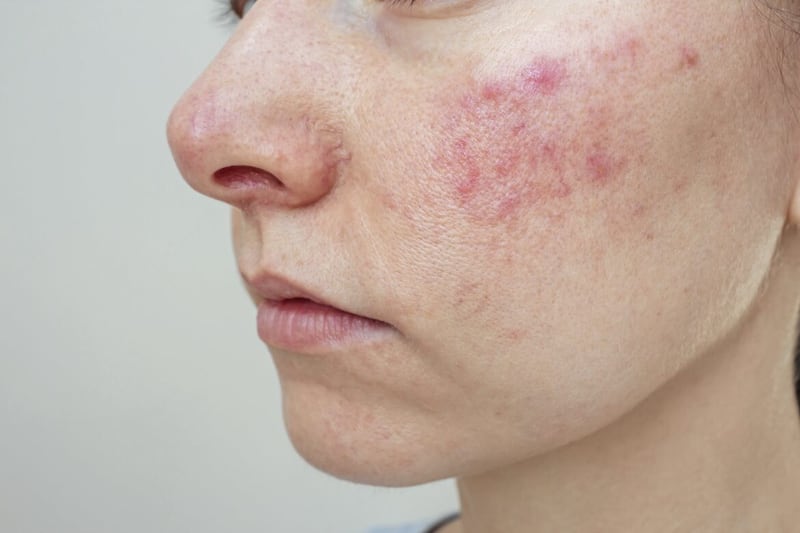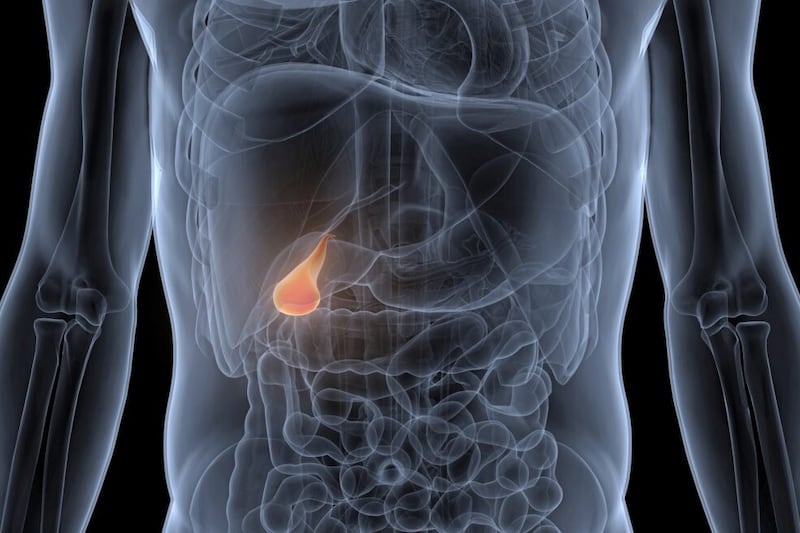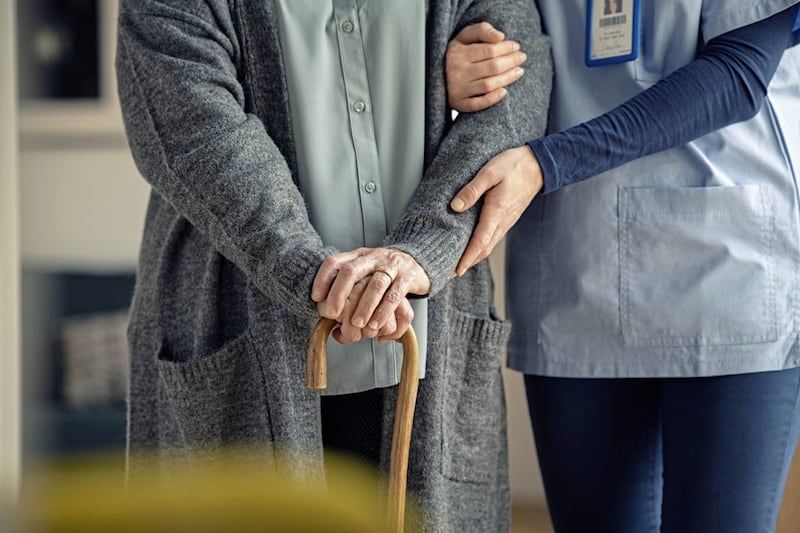Q: MY GRANDDAUGHTER has quite severe eczema on her face and body. She’s 26 and has always used prescribed steroid creams, which improve it for a short period only.
She cannot stop itching and is not sleeping well, and I fear it’s getting her down. Is there anything else that could help?
Name and address supplied
A: ECZEMA is clinically known as atopic dermatitis and is characterised by dry, itchy, reddened areas of skin. Your granddaughter is unlucky, as although most people who have this condition develop symptoms as children, it usually abates in adulthood (thought to be due to age-related changes in the immune system).
There is a widely held belief that eczema is often down to a food allergy. But there may be a number of factors involved. People with eczema have a less stable epidermis – the outermost layer of skin, our first line of defence against allergens, bacteria, viruses and irritants. This makes it prone to inflammation and dryness.
On top of that, those with eczema (it’s typically an inherited condition) often have allergies, too. That’s why exposure to chemicals, including soaps, cosmetics, perfumes, wool, dust and tobacco smoke, may worsen the condition. But so can cold and dry conditions, emotional distress and even sweating.
Unfortunately, as you will know, there is no ‘cure’. It’s important first to eliminate any exacerbating factors such as low-humidity environments that strip moisture from the skin, stress, anxiety and contact with solvents, soaps and detergents.
Regular use of an emollient – a medical moisturiser – is also vital. Apply at least twice daily, and after every shower. This must be a lifelong strategy for your granddaughter. No prescription is needed for such creams, examples of which include Eucerin, Doublebase and Cetaphil daily lotion.
Research shows that emollients containing glycyrrhetinic acid, derived from liquorice root, have anti-inflammatory actions, which will help with the redness (for instance, Atopiclair, available over the counter).
Suppressing the inflammatory response is essential – this is what the steroid creams you mention are for, and even the mildest are more powerful than glycyrrhetinic acid. But they can cause permanent thinning of the skin, so should be used only intermittently for acute flare-ups.
The face and skin folds are the areas most likely to be damaged by thinning, so strong steroids must be avoided at these sites.
There are newer, non-steroid preparations which dampen the inflammatory response in the skin but without the thinning effect. These are known as calcineurin inhibitors but are only available on prescription. Tacrolimus is an example.
However, these drugs do not act as rapidly as steroids, long-term use must be limited and your doctor’s advice followed.
I can offer two more suggestions. The first is referral for ultraviolet light therapy. Courses of this three times weekly have been proven to give relief.
Secondly, staphylococcus aureus, a bacterium frequently found on the skin of people with chronic eczema, appears to drive its severity to some extent. Bleach baths (half a cup of non-perfumed bleach in a full bath of warm water) may reduce symptoms by killing off bacteria. It could be worth trying this a few times a week for four weeks.
© Solo dmg media
